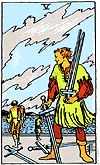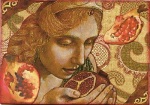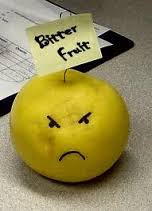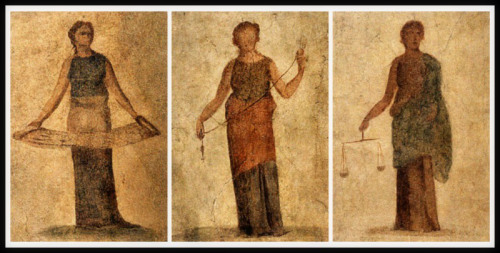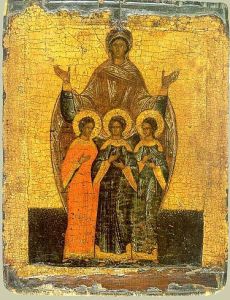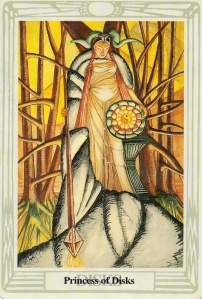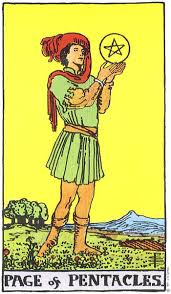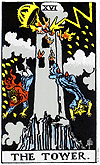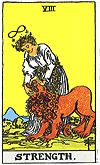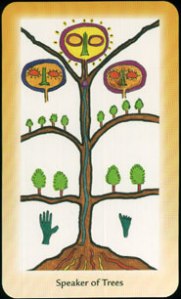For those of you who know me personally, you will be (well) aware that for last two years or so, Jon and I have been building a house, surrounded by bush, on our very steep block. We are now trying to establish a garden.
From my perspective, a house without a garden is like an unframed painting. Van Gogh is supposed to have said “a picture without a frame is like a soul without a body”. Many people would probably argue that the surrounding bush is the frame of our house, but to me that’s seemed more like the environment in which the ‘painting’ is being displayed.
In The Planthunger, Freya Letana notes that Australian academic and philosopher Damon Young
points to the fact that while a garden certainly can be defined as nature, it differs from the wilderness – from nature left to its own devices – in that it is owned and purposefully moulded by the human hand. https://theplanthunter.com.au/culture/past-present-garden/
For Jon and me, there’s a lot of energy being invested in how our garden close to the house proceeds. In truth it’s Jon who does the hard work. I’m inclined to say “it would be good if we planted such and such there” and I often wonder if Jon quietly thinks “That’s the royal ‘we’ I presume.” In my defence, having chosen the plants, I do love and care for them when they are in the soil.
The two most challenging aspects to this garden are related to the very different environment from our previous major gardening experiences.
(I)t is arguable that a garden cannot possibly be exempt from the forces of nostalgia, from a reverence of the gardener’s past – one’s proclivity to garden surely has been informed in some respect by their previous interactions with gardens and their makers. https://theplanthunter.com.au/culture/past-present-garden/
Firstly, the climate here on the east coast is quite dry – and we must rely on tank water. In our previous garden we also had only tank water, but we lived in a more tropical climate – nothing but rain, rain and more rain at times.
Secondly – again unlike our previous garden – the broader environment, the surrounding bush, is home to critters of various names and natures. As a result of our naivety, and much to our chagrin, we’ve discovered that the one thing these various critters have in common is a powerful attraction to anything we plant that they consider edible.
Our previous garden in the more tropical area grew quickly being well-watered and untouched by hungry wildlife. Especially with regard to the latter, in this new space it has come home to us that our kind of garden refer(s) …
to an enclosure, which requires two things: something to be cordoned off (nature), and someone to do the cordoning (humanity) … every garden is a union of this kind: nature separated, bordered, transformed by humans. https://theplanthunter.com.au/culture/past-present-garden/
After considerable heartbreak, therefore, we have taken to putting protective“cages” made of an odd assortment of materials (whatever comes to hand!) around anything we think the wildlife will eat.

Most mornings I do a quick walk around the garden to see how it’s faring. Recently I went outside to discover that something (I wondered if it were a deer) had chomped through all the plants that had been growing quite successfully without any wire protection. Heartbreak again … it may seem extreme to some, but what I felt was truly a form of grief.
I use the tarot as a way of making sense of the world around me. It’s really a form of story-telling – one which uses images to bring greater awareness to what’s going on. Rachel Pollack, probably my most favourite tarot author, recommends a way of ‘reading’ the cards that she calls “loving the images” (https://stevewinick.com/pollack) – and this is the style of interpretation that I tend to use.
I asked the tarot how it represented the grief I felt on seeing the loss of my lovingly cultivated plants. The tarot’s answer: XV The Devil.
This card always makes me ask the question: Is the situation about commitment or bondage?
Our house project has required commitment – and at times it’s also felt like bondage. Once we started, Jon and I could not just stop and go back to our old lives, even though there were definitely times when I (in particular) wished we could.
Following Pollack’s recommendation to “keep going back to the pictures, and not assume that we know what they mean” (https://stevewinick.com/pollack), I looked more closely at the card and noticed something that had never really struck me before – that the character whose tail ends with some kind of flowering or fruiting plant is the female. Although Jon is more capable of “contented” commitment to a project than me, he is definitely less attached to anything than I am. No bits of the old life stick to his tail once he’s made a shift – whether those bits be decks he’s built, or gardens he’s planted or even sandstone courtyards he’s created out of self-quarried rock.
It also struck me as pretty funny that combining the devil’s horns and his batwings produces an image somewhat like antlers. (One of the aspects of consulting the cards that I find really helpful is that I often end up laughing.) Nevetheless, regarding what I presumed was a deer, I was quite shocked at the depth of my desire for revenge. I would have liked to kill the beast – which is a pretty extreme response given the circumstances. The Devil reminds us that we’re all capable of dark thoughts and emotions at times. To be able to cope with such thoughts, the crucial quality is the ability to rise above them – if we don’t I believe it’s pretty much a foregone conclusion that they’ll only make matters worse.
Nevetheless, regarding what I presumed was a deer, I was quite shocked at the depth of my desire for revenge. I would have liked to kill the beast – which is a pretty extreme response given the circumstances. The Devil reminds us that we’re all capable of dark thoughts and emotions at times. To be able to cope with such thoughts, the crucial quality is the ability to rise above them – if we don’t I believe it’s pretty much a foregone conclusion that they’ll only make matters worse.
The Devil can also be about fear, so I asked myself fear of what? The immediately answer, clearly, was loss. Going deeper, asking loss of what, the answer became loss of control. Relinquishing control of my desire to quickly complete the ‘frame’ of the house is clearly a challenge. A bit of googling about this also helped me to laugh a little:
Change usually requires patience. I remember many years ago doing a reading for a woman who had just started a business and she was, understandably, concerned about its financial viability. The Devil turned up as her challenge and at the time my interpretation was that The Devil signified something that required long-term commitment – in which time it would likely become successful. (It did.)
My memory of this reading seems like an object lesson for me. “Walking one’s talk” comes to mind.
Contemplating commitment in itself is interesting. It can be a very positive quality because it facilitates the achievement of our ideals. But perhaps even commitment is best “enjoyed in moderation”. Jung (another of my favourite writers) is quoted as saying
Every form of addiction is bad, no matter whether the narcotic be alcohol or morphine or idealism. https://www.brainyquote.com/quotes/carl_jung_108780
Being committed to a garden like we’ve had in the past is an idealistic goal and not being able to give up on such a goal could reasonably be described as a form of addiction. Realising this certainly helped me make sense of the situation: Is it wise to try to fight reality? What will I achieve by doing so? Hmmm. The answer(s)? Accept reality. Be patient. Plant things the animals don’t eat.
The other thought that eventually surfaced about “our garden” concerned the use of the pronoun itself. Such ownership! We did, after all, buy a block of land surrounded by bush. And in the early days – when we camped here for just a few weeks at a time each year – I would happily feed the possums, leaving apples out for them at night. How things have changed. Said possums (among other animals) are now my enemy? Perhaps I need to remember that we moved into their environment. It’s only reasonable that they’ll continue to think of “our garden” as part of “their place”.
Every story needs a denouement. The ‘moral’ of this little story of mine would seem to be that gardens, like children, have a way of growing into themselves. Best to let both do so without trying, addictively, to box them into what we consider to be the ideal form or time-frame for growth.








